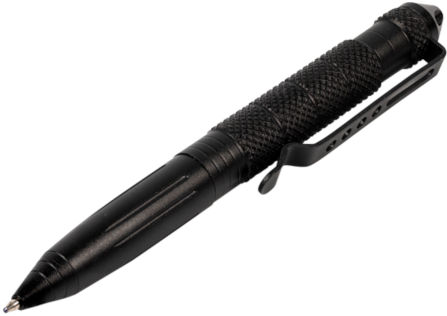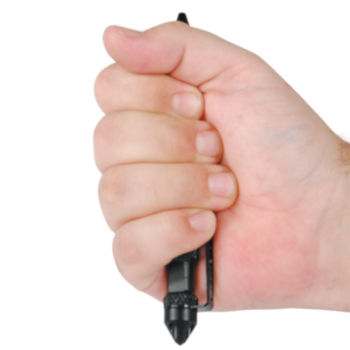Tactical Pen FAQ

Got questions about tactical pens? This FAQ cuts through the noise—covering what they are, how they work, and why they’re a smart self-defense pick. Shop TBOTECH’s Tactical Pen for a rugged, everyday tool.
What Is a Tactical Pen?
A tactical pen is a durable writing tool (aluminum or steel) with self-defense perks: a pointed tip for striking, a glass breaker for emergencies, and a grippy design. It’s like a kubotan you can write with—legal in most spots as a pen.
Are Tactical Pens Legal?
Yes—in most places, they’re legal to carry since they’re primarily pens. Check local laws (e.g., NYC, CA may restrict carry in public buildings). Not TSA-compliant for carry-ons—pack in checked bags.
How Do You Use It for Self-Defense?
- Strike: Jab soft spots (eyes, throat) with the tip—quick and hard.
- Pressure: Press into points (wrist, neck) for pain control.
- Restrain: Leverage joints (e.g., elbow) to subdue.
Training (self-defense or Krav Maga) boosts skill—practice safely.

Striking Technique with Tactical Pens
What’s the Glass Breaker For?
The hardened tip (often tungsten) smashes car windows in emergencies—strike corners with force. Not as strong as dedicated tools, but it works when seconds count.

Tip Used as a Glass Breaker
Why Choose TBOTECH’s Tactical Pen?
- Tough: Aircraft-grade aluminum—built to last.
- Versatile: Writes smooth, breaks glass, defends you.
- Portable: Pocket-ready—Buy Now, $12.95.
Note: Ink’s refillable (Schmidt P950 fits)—check product specs.
Get Yours
Boost your EDC with TBOTECH’s Tactical Pen—legal, discreet, and ready. Explore more Self-Defense Tools too!
Add your comment now!
Post Comment